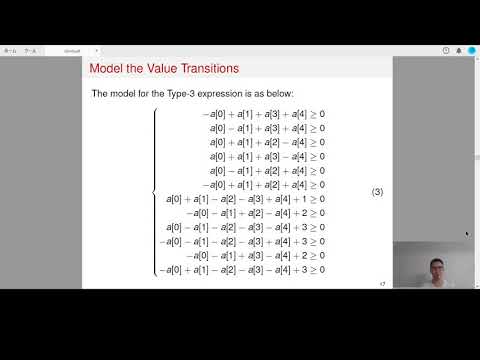Welcome to the resource topic for 2020/591
Title:
Automatic Verification of Differential Characteristics: Application to Reduced Gimli (Full Version)
Authors: Fukang Liu, Takanori Isobe, Willi Meier
Abstract:Since Keccak was selected as the SHA-3 standard, more and more permutation-based primitives have been proposed. Different from block ciphers, there is no round key in the underlying permutation for permutation-based primitives. Therefore, there is a higher risk for a differential characteristic of the underlying permutation to become incompatible when considering the dependency of difference transitions over different rounds. However, in most of the MILP or SAT based models to search for differential characteristics, only the difference transitions are involved and are treated as independent in different rounds, which may cause that an invalid one is found for the underlying permutation. To overcome this obstacle, we are motivated to design a model which automatically avoids the inconsistency in the search for differential characteristics. Our technique is to involve both the difference transitions and value transitions in the constructed model. Such an idea is inspired by the algorithm to find SHA-2 characteristics as proposed by Mendel et al. in ASIACRYPT 2011, where the differential characteristic and the conforming message pair are simultaneously searched. As a first attempt, our new technique will be applied to the Gimli permutation, which was proposed in CHES 2017. As a result, we reveal that some existing differential characteristics of reduced Gimli are indeed incompatible, one of which is found in the Gimli document. In addition, since only the permutation is analyzed in the Gimli document, we are lead to carry out a comprehensive study, covering the proposed hash scheme and the authenticated encryption (AE) scheme specified for Gimli, which has become a second round candidate of the NIST lightweight cryptography standardization process. For the hash scheme, a semi-free-start (SFS) collision attack can reach up to 8 rounds starting from an intermediate round. For the AE scheme, a state recovery attack is demonstrated to achieve up to 9 rounds. It should be emphasized that our analysis does not threaten the security of Gimli.
ePrint: https://eprint.iacr.org/2020/591
Talk: https://www.youtube.com/watch?v=tNdiAnueX2g
See all topics related to this paper.
Feel free to post resources that are related to this paper below.
Example resources include: implementations, explanation materials, talks, slides, links to previous discussions on other websites.
For more information, see the rules for Resource Topics .
